Ganuga / Kanuga
₹169
Ganuga, scientifically known as Pongamia pinnata, is a versatile, drought-resistant tree native to the Indian subcontinent. Renowned for its medicinal properties and environmental benefits, Ganuga offers a range of advantages, from improving soil health to providing valuable resources.
68 people are viewing this product right now
🔥 3 items sold in last 3 hours
Ganuga, scientifically known as Pongamia pinnata, is a versatile, drought-resistant tree native to the Indian subcontinent. Renowned for its medicinal properties and environmental benefits, Ganuga offers a range of advantages, from improving soil health to providing valuable resources.
Key Features & Benefits
- Environmental Benefits: Ganuga trees are excellent for soil conservation, nitrogen fixation, and pollution control.
- Medicinal Properties: Various parts of the Ganuga tree, including the seeds, leaves, and bark, have been used in traditional medicine for centuries.
- Oil-Rich Seeds: The seeds yield oil that can be used for various purposes, such as bio-fuel, lubricants, and cosmetics.
- Hardwood Timber: Ganuga wood is durable and resistant to pests, making it suitable for construction and furniture.
- Aromatic Flowers: The tree produces beautiful, fragrant flowers, adding aesthetic appeal to your garden.
Plant Care Guide
Ideal Plantation Locations
Ganuga trees thrive in tropical and subtropical climates. They are adaptable to various soil types but prefer well-drained soil.
Planting & Gardening Instructions
- Location: Choose a sunny location with ample space for the tree to grow.
- Soil Preparation: Prepare the soil by removing weeds and adding organic matter like compost or well-rotted manure.
- Planting: Plant the Ganuga sapling in a hole slightly larger than the root ball. Back-fill with soil and water thoroughly.
- Spacing: Plant Ganuga trees at a distance of 10-15 feet apart.
Watering
Water the newly planted Ganuga tree regularly, especially during dry periods. Once established, it can tolerate drought conditions.
Fertilizers
Apply a balanced organic fertilizer once or twice a year during the growing season.
Repotting Instructions
Repotting is generally not required for Ganuga trees, as they are long-lived and can grow quite large. However, if necessary, repot in a larger container with fresh, well-draining soil.
Fruiting Season
Ganuga trees typically start fruiting 3-4 years after planting. The fruiting season varies depending on the climate.
Usage Ideas
- Gardening: A beautiful ornamental tree for landscaping and home gardens.
- Medicinal Uses: Various parts of the tree can be used for treating various ailments.
- Oil Production: The seeds yield oil for various industrial and medicinal purposes.
- Timber: The hardwood timber is valuable for construction and furniture.
Care Tips
- Prune regularly: Prune the tree to maintain its shape and remove dead or diseased branches.
- Pest and Disease Control: Monitor for pests and diseases and take appropriate measures to control them.
- Mulching: Apply a layer of mulch around the base of the tree to conserve moisture and suppress weed growth.
Only logged in customers who have purchased this product may leave a review.
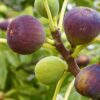
₹189
Related products
Designed, Developed & Maintained by Growww.
Copyright © 2024 Ashok Chakra Nursery

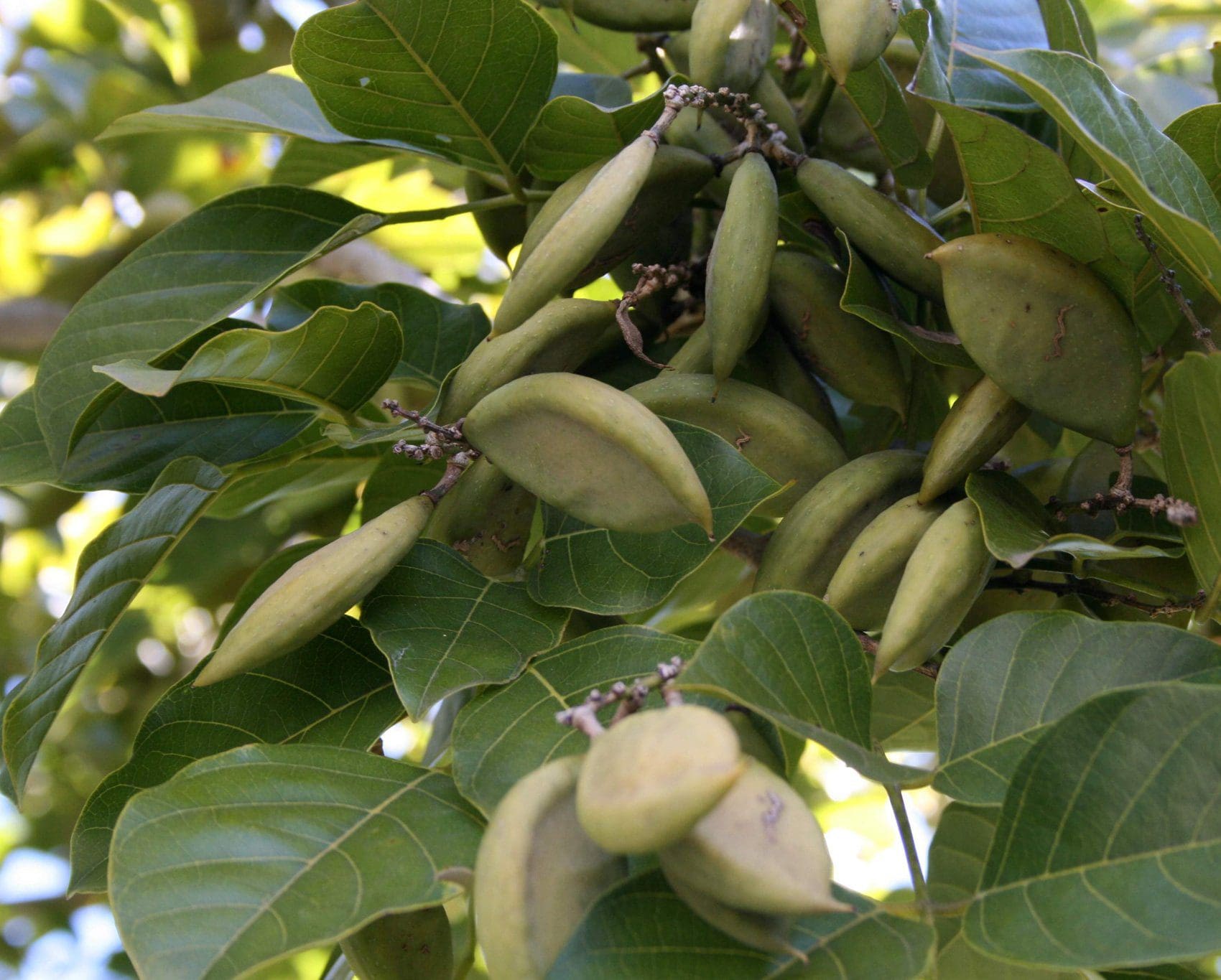
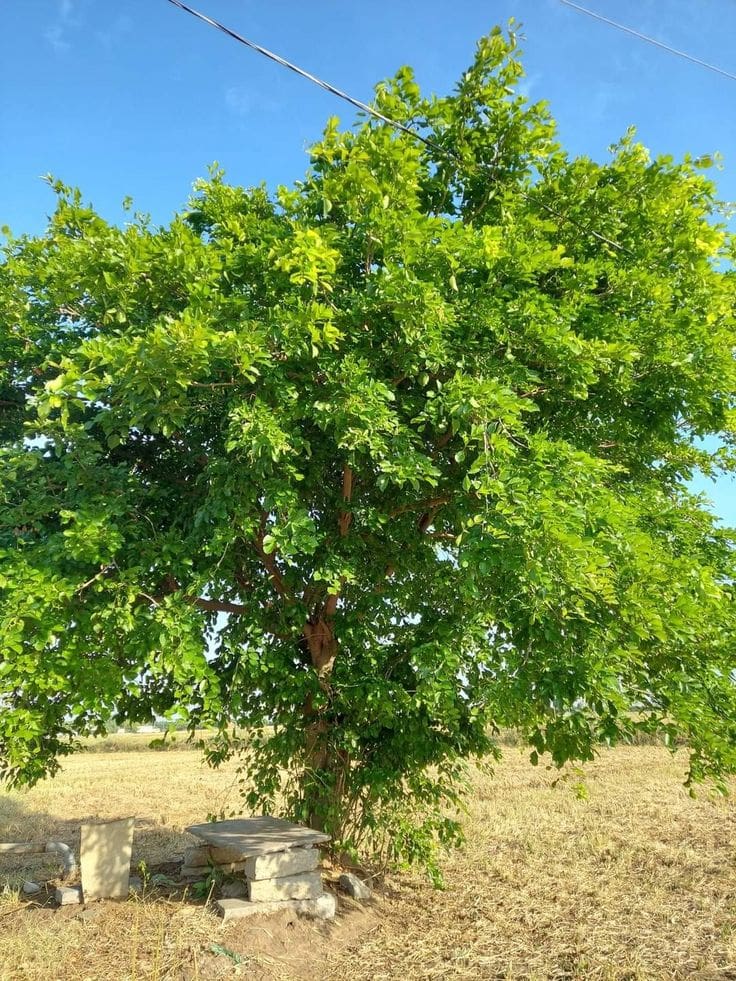
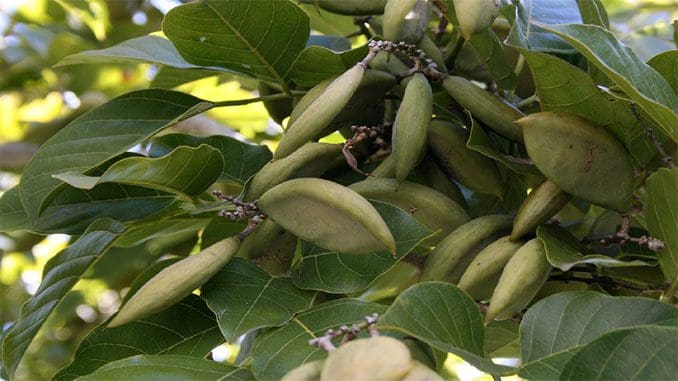
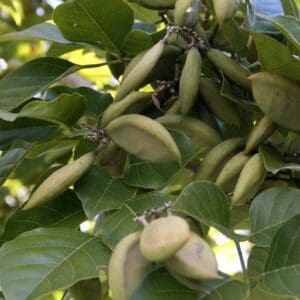
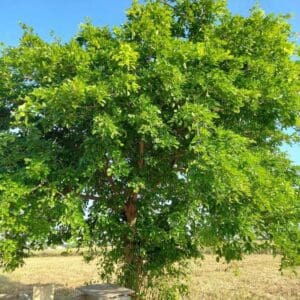
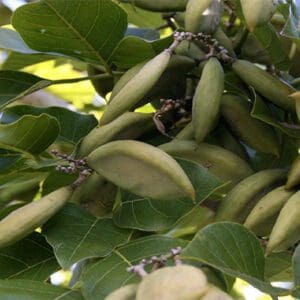
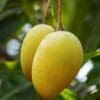
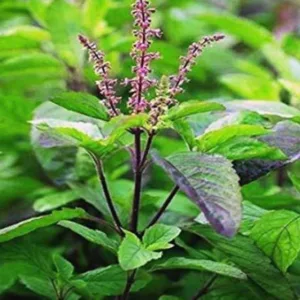
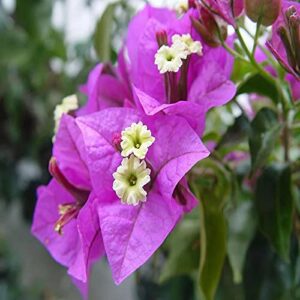
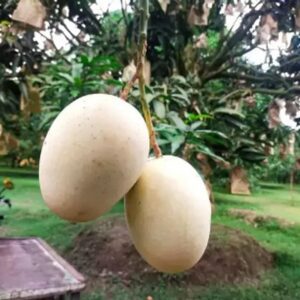
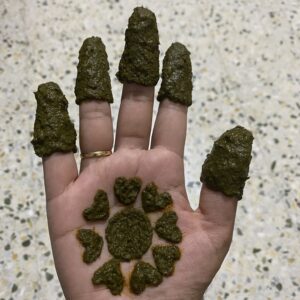
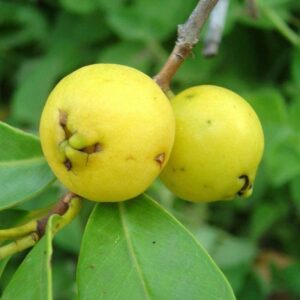
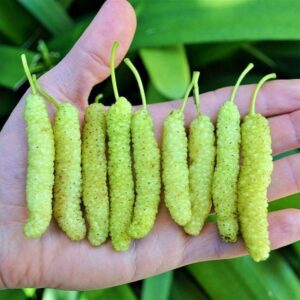
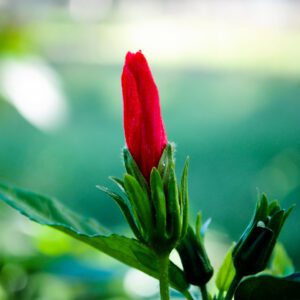
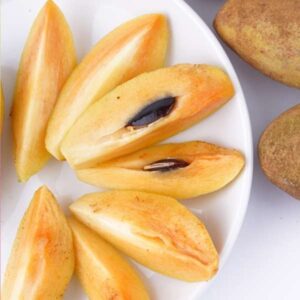
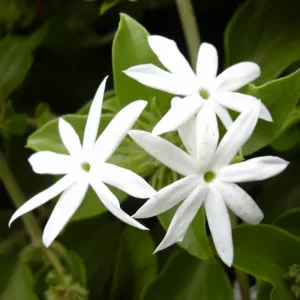
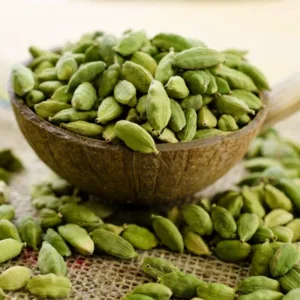
Reviews
There are no reviews yet.